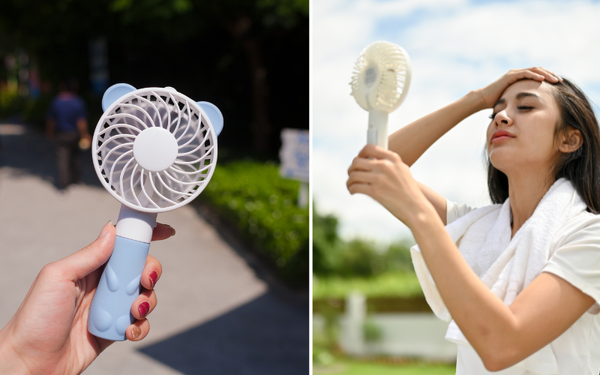In recent years, a compelling debate has emerged in the realm of sleep and relaxation: hammocks versus traditional beds. As hammocks, especially the plush outdoor hammock bed designs, make waves in modern households, it begs the question: Are hammocks genuinely healthier than our conventional beds?

Hammocks: A Historical Perspective
The hammock's origin can be traced back to Central and South American civilizations, where they weren't mere lounging devices but primary sleeping arrangements. The indigenous peoples prized hammocks for their ergonomic benefits and the protection they offered from ground-based elements.
The Health Proposition
When discussing health implications, it's crucial to consider both physical and mental health aspects. Let's dissect the potential benefits and drawbacks of hammocks in comparison to traditional beds.
1. Spinal Alignment and Ergonomics
One of the most touted benefits of sleeping in a hammock is spinal alignment. When set up correctly, a hammock cradles the body in a way that allows for a more natural spinal curve, which could lead to reduced back pain and better posture.
Conversely, traditional beds, especially if the mattress is too hard or too soft, can cause misalignment, resulting in backaches and posture issues. However, it's worth noting that advancements in mattress technologies, such as memory foam and adjustable firmness, have significantly improved bed ergonomics over the years.
2. Sleep Quality
The gentle rocking motion of hammocks might have an edge here. Research suggests that such oscillations can expedite the process of falling asleep and induce a deeper sleep state. Additionally, the cocooning effect of hammocks might lead to increased feelings of security and warmth.
Traditional beds, on the other hand, provide stability. For many, this stationary comfort is essential for a night of uninterrupted rest, especially for those who share their bed with a partner.
3. Pressure Points and Circulation
Hammocks, particularly the modern outdoor hammock bed designs, distribute weight evenly, significantly reducing pressure points. This even weight distribution can promote better blood circulation and minimize the risk of bedsores, especially in individuals who spend extended hours in bed.
Traditional mattresses, unless specifically designed for pressure relief, can sometimes exacerbate pressure points, leading to restless tossing and turning.
4. Mental Health and Relaxation
There's something innately soothing about the gentle sway of a hammock. This relaxation can have positive implications for mental health, reducing stress and promoting a sense of well-being.
Beds, in contrast, might not offer the same degree of relaxation but provide a sense of familiarity and routine that many find comforting.
Practical Considerations
While health benefits are a crucial factor, practicality shouldn't be overlooked. Hammocks require precise setup to ensure optimal health benefits. Factors such as height, angle, and hammock length play a crucial role in ensuring ergonomic advantages. Beds, being stationary, eliminate the guesswork from the setup.
Conclusion
In the hammock versus bed saga, it's clear that both have their unique set of advantages. While hammocks, especially the luxurious outdoor hammock bed iterations, offer a blend of relaxation and potential ergonomic benefits, traditional beds provide stability, familiarity, and the advantage of advancements in mattress technology.
The choice between the two often boils down to individual preferences, specific health considerations, and lifestyle. Whether you're a hammock enthusiast or a bed purist, the ultimate goal remains the same: achieving a restful, rejuvenating night's sleep.
You May Also Like...











